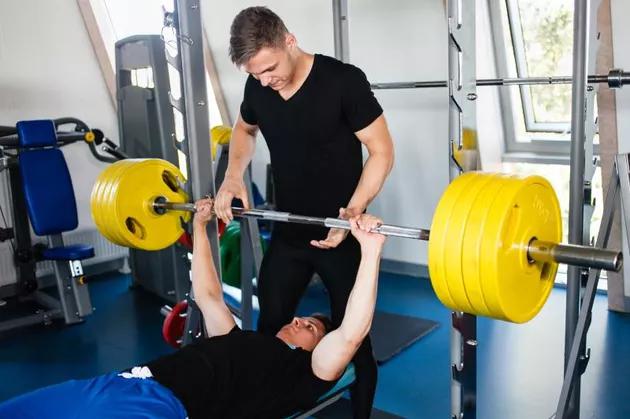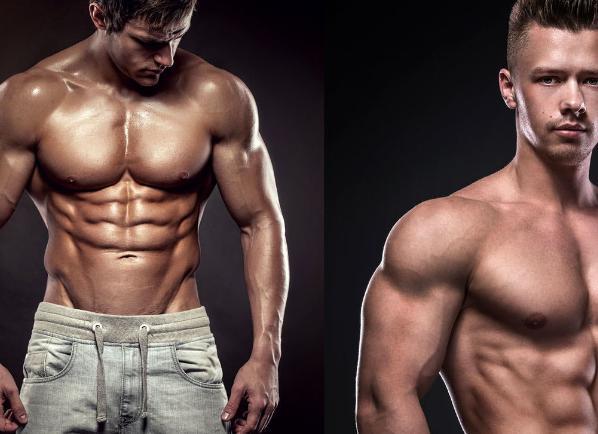I believe that the incline bench press is the upper chest training exercise that many people will choose and even the preferred exercise. Indeed, due to the growth characteristics of the upper pectoralis major muscle (red part), the flat bench press cannot be maximized.
Dahua stimulates this muscle, so you have to incline the bench to create an upward angle; however, when we incline the bench for bench press, the anterior deltoid (green part) of the other muscle will be more involved. When it comes to the active force, it affects the upper chest training. Why is this happening?
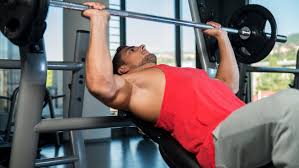
We can see that when doing shoulder press, the entire shoulder (deltoid muscle) is also turned over as the arm is turned upright. The anterior deltoid muscle that was originally directly in front of the body is turned directly above but originally turned upwards. The middle beam is turned to the back position; therefore, corresponding to the incline bench press, the body from lying to incline causes the arm to rotate upward, because the direction of resistance is always downward (dumbbell or barbell gravity), then To resist the resistance must always be upwards, so the deltoid muscles participate in the force exertion, causing many enthusiasts to push the shoulders rather than the chest to a greater extent when doing the incline.
Incline Bench Press Benefits
Incline bench press trains your chest, triceps and shoulders, but it is different from other exercises in that it can train your pectoralis clavicle-also known as your "upper chest."
The main muscle of the chest is the pectoralis major, or "pectoralis major", as shown below:
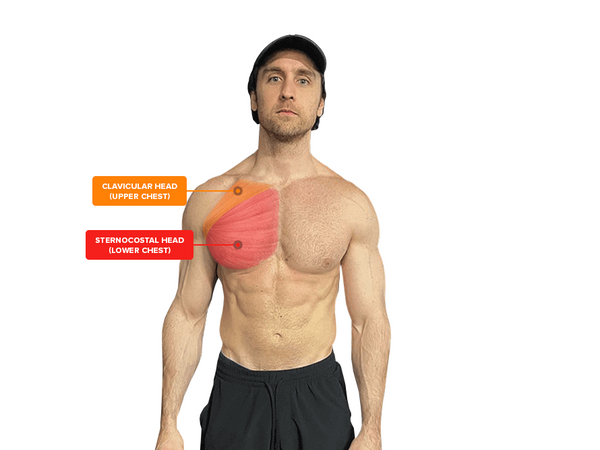
The main function of the pectoral muscles is to pass the upper arm through the body (toward the sternum).
As you can see in the image above, the pectoralis major has multiple "heads", which are the locations where the tendons attach to the bones.
There is a sternum head, which connects the sternum and rib cage to your upper arm, and a clavicle head, which connects your collarbone to your upper arm.
Why is this important?
How the muscle attaches to the bone affects its response to training.
For example, certain exercises, such as the flat bench press and the downward oblique bench press, emphasize the larger head of the sternum, while other exercises, such as the upward oblique bench press and the reverse grip bench press, emphasize the smaller head of the clavicle.
Please note that I am talking about emphasizing, not isolation because all the press exercises involve the two heads of the pectoral muscles to some extent.
Studies have shown that the incline bench press is an excellent exercise that emphasizes the "upper chest", so it should be the main content of chest training.
This helps prevent muscle imbalance, ensures that the development of the upper chest does not lag behind, and ensures that you end up with a commensurate pair of chest muscles.
How To Incline Bench Press?

1.Lie on your back on a 30°-40° inclined board, with your feet on the ground, your entire back against the bench, and your chest and abdomen raised.
2.palm up, hold the barbell with both hands, the grip can be wider.
3.straighten up to support the barbell, slowly put it on the top of the chest (near the collarbone) and then inhale.
4.When the barbell touches the chest, you can do a push-up movement, and exhale at this time.
Incline Bench Press Variations
1.Incline Dumbbell Bench Press
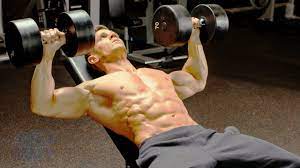
Incline dumbbell bench press is similar to incline barbell bench press, but use dumbbells instead of barbells.
It is easy to learn, provides a large range of motion, and is easier on the shoulders. If you do a lot of barbell bench presses, this is a good chance. To do this, adjust the bench to an angle of approximately 45 degrees, holding a dumbbell in each hand, otherwise follow the same steps as when using the incline barbell bench press.
2.Reverse-Grip Barbell Bench Press
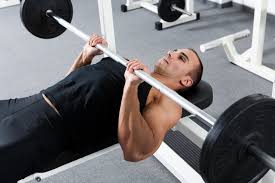
The reverse-grip bench press is not actually a variant of the incline bench press, but it also emphasizes the clavicle of the pectoral muscles, making it a good alternative exercise for training the same muscles.
It works in the same way as the flat barbell bench press.The difference is that when you hold the barbell, your palm faces you instead of away from you.
Hold the barbell so that it crosses the palm diagonally from the base of your index finger to the other edge of your wrist. Compared to a regular barbell bench press, you may also find it more comfortable to relax your hands by approximately 2 to 3 inches when performing a reverse grip barbell bench press.
3.Hammer Strength Incline Machine Press

After you finish the incline barbell or dumbbell bench press, if you want to increase the upper chest volume during the exercise, you can do several sets of incline bench presses.
To do this, adjust the seat height so that the handle is slightly lower than the shoulder height. Load the machine with weight, sit on a bench, grasp the handle, pull your shoulders back, and then push the handle straight up.
Incline Bench Press Mistakes
Lower the barbell towards the abdomen
The path of the barbell on the bench press is from above the shoulders to below the chest. However, due to the angle of elevation, this can cause problems with the incline bench press. If you lower the barbell toward your abdomen, your upper arms will lean forward and the barbell will fall forward from your hands. My biceps are trying to prevent the barbell from falling, just to demonstrate this error.
Flaring your arms
Many people experience shoulder pain on the Incline Press. Your first place to check is your elbow position. Do your arms flare out to the sides? If so, you’re putting your shoulders under a ton of stress and you’re not in an optimal position to produce strength. Instead, make sure your elbows are at approximately a 45-degree angle with your body—the exact angle depends on your anatomy.
Bounce the barbell away from the chest
This is taboo for every bench press change. You can touch the barbell to your chest, but don't bounce. This is cheating, and it's dangerous—especially when you start lifting weights. If you have to bounce, then you may need to use a lighter weight.
Fighting through shoulder pain
At no point should you fight through shoulder pain on this exercise? If you find that your shoulder hurts, first try correcting the mistakes above and make sure you’re setting your shoulders by pulling them down and back. If this doesn’t work, then lower the incline of the bench until you find a pressing position that’s comfortable.
There are other form mistakes that apply to every Bench Press variation, which you can learn more about here.
We can provide an adjustable weight bench with 12 positions for you. It can supply strong support for your bench press!
Read More:

